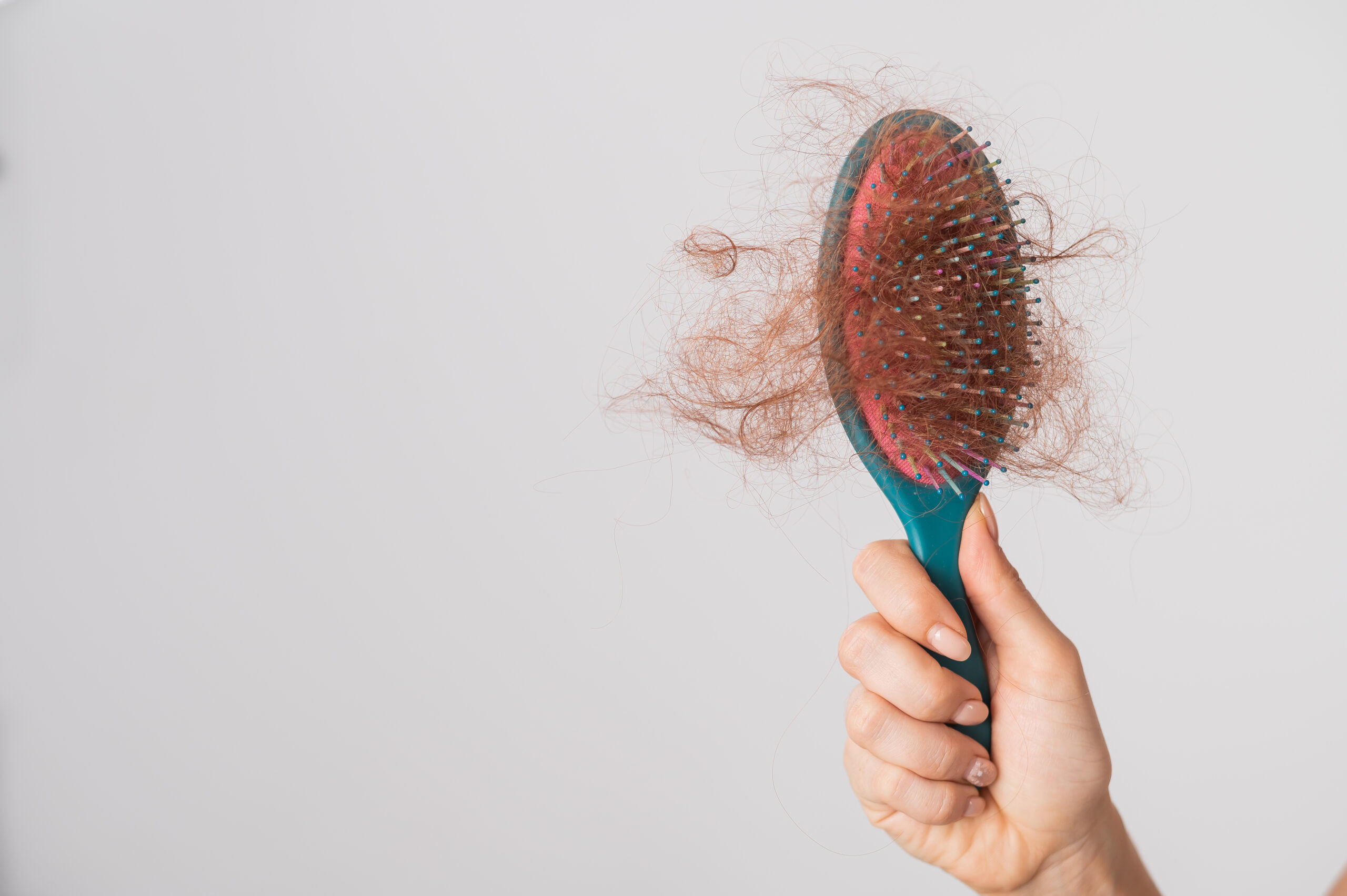Hair loss is a common concern that affects millions of men and women worldwide. It can begin as gradual thinning and, if left untreated, may progress to more noticeable hair shedding. Early intervention plays a key role in managing this condition. By understanding the fundamental causes and exploring tailored treatment options, individuals can make informed decisions to address their hair restoration goals.
Causes of Hair Loss
One of the most common causes of hair shedding is androgenetic alopecia, often called male-pattern or female-pattern baldness. This hereditary condition is driven by genetic predisposition and hormonal changes, which weaken hair follicles over time. Androgenetic alopecia typically follows a predictable pattern, like receding hairline or thinning at the crown of the head. This condition can lead to significant hair thinning or complete baldness in affected areas without timely management.
Another significant contributor to hair shedding is telogen effluvium, a temporary condition caused by stressors that disrupt the hair growth cycle. This results in sudden and noticeable shedding. Medical conditions, such as alopecia areata, also contribute to hair shedding. Alopecia areata is an autoimmune disorder in which the immune system mistakenly attacks hair follicles, causing patchy hair loss. The onset of this condition can be sudden, with the potential for hair to regrow over time or progress to more chronic forms.
Nutritional deficiencies are another critical factor contributing to hair shedding. Insufficient levels of key nutrients can impair hair health and growth. For instance, iron-deficiency anemia can limit oxygen supply to hair follicles, weakening their ability to support healthy hair. Addressing dietary gaps through a balanced diet or supplementation can help combat this type of hair shedding.
Hair loss can also result from external factors, such as the overuse of harsh hair styling techniques or chemical treatments. Heat styling, frequent use of dyes, or tight hairstyles that pull on the scalp can damage hair shafts and follicles, leading to traction alopecia. If such practices persist, they can cause permanent follicular damage and hinder future hair growth. Reducing exposure to these stressors can mitigate their adverse effects and support healthier hair.
Why Early Intervention Matters
Early intervention is key in addressing hair shedding because it increases the likelihood of preserving existing hair and promotes positive treatment outcomes. Hair loss is often a progressive condition, meaning that delaying treatment could result in irreversible damage to hair follicles. Identifying the underlying cause of hair shedding early allows for tailored treatments. Treatments can be through medical therapies, lifestyle modifications, or addressing nutritional deficiencies.
Early intervention can prevent the psychological toll often associated with significant hair shedding. This includes reduced self-esteem and increased stress. Taking proactive measures not only aids in slowing or halting further hair shedding but also enhances the potential for regrowth.
Discover Hair Loss Treatment Options
Hair loss should not define the way you feel about yourself. Early intervention remains fundamental in maintaining hair health and reversing hair thinning. Individuals can take actionable steps toward hair restoration by identifying causes, acting promptly, and consulting professionals. Explore your options by scheduling a consultation with a hair treatment specialist today.
- FREHF – The Revolutionary Future Of Human-Centered Technology!
- Adsy.Pw/Hb3 – Boost Your SEO And Drive More Traffic!
- Fitness Based Vacations By Timeshealthmage.com!
- TimesHealthMag Tips For Improving Sleep Quality – Expert Advice For Better Rest!
- How TimesHealthMage Helps Improve Your Lifestyle Habits!


Leave a Reply